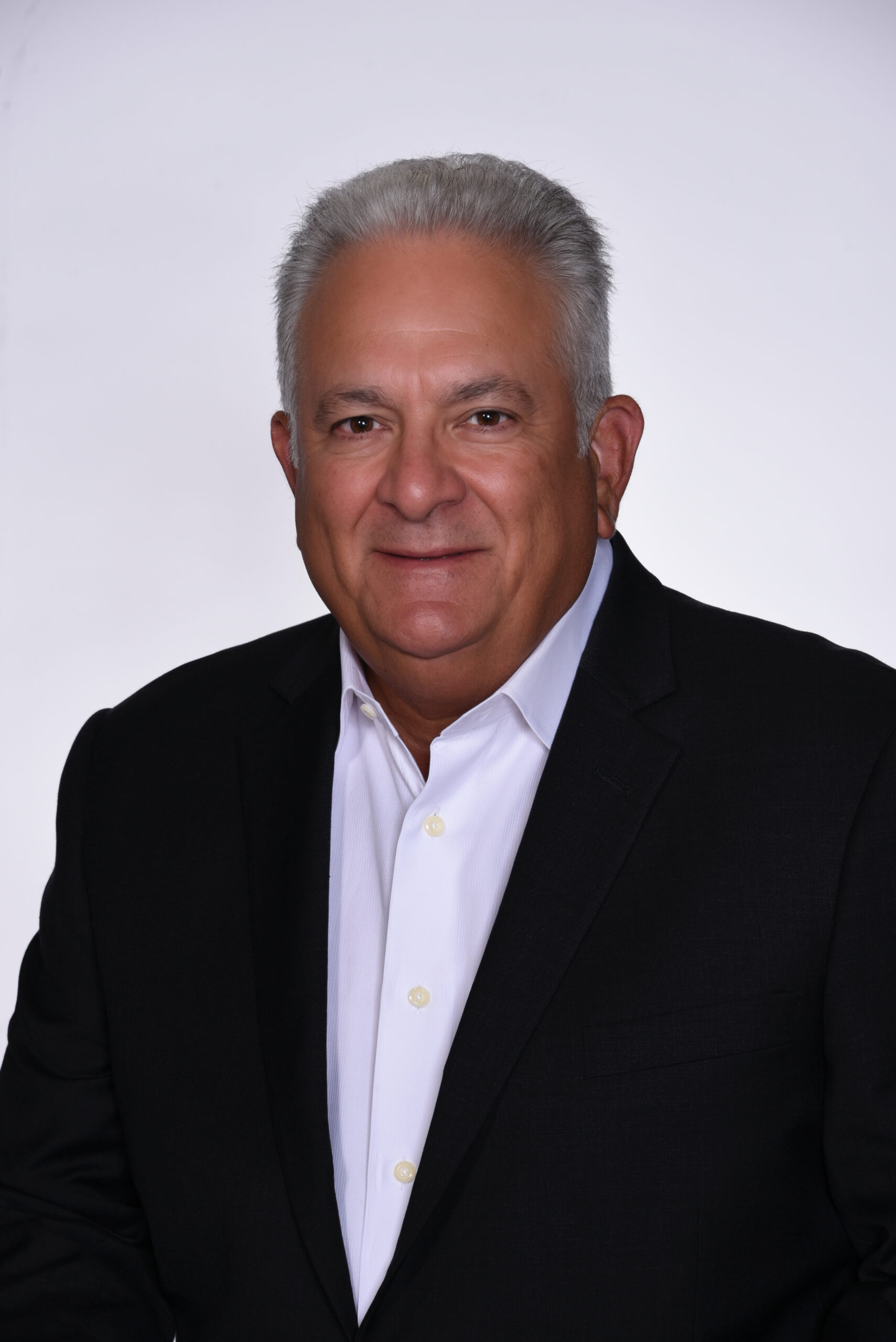A CYCLICAL TALE: "THE BIRD CYCLE"
Carlos M. Sera, MBA
August 26, 2015
 Growing up on the outskirts of Baltimore I was destined to be a Baltimore Orioles baseball fan. The bird was ever present. Later when I attended Johns Hopkins University the Blue Jay was our mascot and I became an avid lacrosse fan. With the Oriole and the Blue Jay I was getting a double dose of the bird. Later, when my wife and I purchase a home we bought a bird feeder and I am convinced that we are now the primary source of food, water and shelter for untold birds in our back yard. When developing this tale I wanted to pay homage to nature since so much of life’s cycles can be observed by just paying attention to what surrounds us. Please pay attention because I am about to explain the wealth cycle as I see it.
Growing up on the outskirts of Baltimore I was destined to be a Baltimore Orioles baseball fan. The bird was ever present. Later when I attended Johns Hopkins University the Blue Jay was our mascot and I became an avid lacrosse fan. With the Oriole and the Blue Jay I was getting a double dose of the bird. Later, when my wife and I purchase a home we bought a bird feeder and I am convinced that we are now the primary source of food, water and shelter for untold birds in our back yard. When developing this tale I wanted to pay homage to nature since so much of life’s cycles can be observed by just paying attention to what surrounds us. Please pay attention because I am about to explain the wealth cycle as I see it.
How can we easily remember the wealth cycle? I’m a big fan of using acronyms since I believe it’s the best way for people to remember things and thus I use the acronym BIRD. In A Wealthy Tale I define someone as wealthy if they can stop working and live indefinitely at their present standard of living by earning 4% or less per year return on their investments plus their guaranteed inflows from sources other than investments. In this tale I define what I call the 4 stages of the successful wealth cycle. If you are wealth challenged, meaning you can’t save money or have developed an expensive and unsustainable lifestyle, you need to change things so that you can get on the right track. What are the 4 stages? They are the Build, Income, Retain and Divest stages in a person’s life. Let me take you through the successful wealth cycle as I see it.
Assuming you are not born into wealth, the first stage of the wealth cycle is the wealth building stage. A person in this stage has only one objective and it’s to build wealth. When young and poor, a person has potential or human capital. They don’t have money so they must trade their skills for capital, which comes in the form of compensation or if you are self-employed through the process of profit generation plus asset appreciation. As a person ages if they save and invest or reinvest in their enterprise they gain capital or wealth while spending or diminish their human capital or potential due to the inevitable aging process. If a person successfully negotiates the wealth building stage of their life they reach what I call the Wealth Income Point, the WIP orWealth Inflection Point which I describe in An Absolute Tale. This is the point where a person examines the assets they have accumulated over their life and asks the question, can I generate enough income from my assets to never work again? It is an inflection point where the wealth builder has perhaps built sufficient wealth but they are not quite sure.
In differential calculus, an inflection point is a point on a curve at which the curve changes sign. the WIP or Wealth Inflection Pointis the stage in a person’s life where they sense a need to change from a wealth building strategy to something else. Most people don’t know what that something else should be but it’s their job as well as any good advisor’s job to recognize when a person reaches this stage and to advise accordingly. For an instructive tale about what happens when people reach the WIP I suggest you read An Absolute Tale.
The WIP is a very important stage in a person’s life and the area where most people come to first appreciate a good advisor. This isn’t to say that good advisors don’t work with clients that are in the wealth building stage of the cycle or aren’t appreciated by them. What it means is that when a person reaches the WIP I have seen that they start to look at their money in a different way. They take it more seriously than when they are younger and their portfolio is smaller. They want to understand how money works and they want to see how their portfolio stacks up for the future. If they’ve managed their own portfolio in the past they may hire someone since they often feel a need for professional guidance. It’s a critical stage because they sense that they may or may not be wealthy. They’re unsure of the future and their relationship with money and they look for a guiding hand. It is also the stage where a good advisor might first reduce the risk of the portfolio from a wealth building portfolio to a wealth income portfolio.
There are a number of decisions that must be made at the wealth income stage that aren’t required in the wealth building stage. In my opinion this stage is by far the most complicated stage of the wealth cycle in terms of planning since it has the most unknown variables. It is obviously less complicated than the wealth building stage where the only thing that matters is building wealth. What makes it so complicated is balancing the element of luck associated with forecasting what the markets will do in the next few years, short term for planning purposes, with the personal or life style objectives of the person. For a tale that shows how one couple handled the WIP read A Forecasting Tale. It’s a typical tale for people in this stage and will in one way or another apply to you when you reach this stage.
The wealth retention point in the wealth cycle is self-explanatory. You have passed the wealth building and the wealth income stages and you are clearly wealthy. Your goal at this point is to retain your wealth. One of my financial maxims is that financial planning can be summarized into six words; Get wealthy, stay wealthy, get wealthier. I have never examined a person’s financial situation where I didn’t focus on answering where the person was in relation to these 6 words. Correspondingly, I advised them to get wealthy, stay wealthy or get wealthier. Financial planning can’t get more basic than this and is why I think the single most important component to completing the wealth cycle successfully is superior investment performance. The rate of return on your portfolio matters and don’t ever get fooled into thinking it’s not important. Read A Martini Tale for a better understanding of what I mean by rate of return matters. Getting back to the wealth retention stage in the wealth cycle the last thing you ever want to do is to go backwards. This would violate the “Stay Wealthy” part of the equation. The Cuban saying would be “Never go back, not even to get a running start.” Staying wealth is serious business.
Though I have met many people that navigate through the wealth building, wealth income, wealth retention and wealth divestiture stages of the wealth cycle with very aggressive portfolios at the wealth retention stage if they ask my advice, I typically tell them to reduce their risk. I may increase portfolio risk again when they get to the wealth divestiture stage but if they are barely at the retention stage I believe risk reduction is prudent. I tell them this because by reducing the risk of their portfolio they reduce the probability of going backwards. I recognize that this is a personal preference but as an advisor it’s my responsibility to point out all the bad things that can happen when a person reaches for more when they already have enough. There is a reason why the saying enough is enough has stood the test of time. I have various tales about real people that have chosen to reach for more and instead found less. Don’t do it, it’s not worth it. Once you are wealthy you must retain your wealth.
The last stage in the wealth cycle is the wealth divestiture point. In this stage you are still wealthy, you can’t possibly outspend your assets, but you are no longer worried about yourself, but about your legacy. Since your financial needs will be met, at the wealth divestiture point you are more interested in what you will leave behind or divest when you are no longer with us. Please note that many people reach this stage at a very young age, so don’t fall into the trap of thinking chronologically about this stage. When a person reaches this point I often recommend they set aside sufficient funds to meet their needs in very conservative investments and then manage the remainder as though they are in the wealth-building stage of the wealth cycle. This typically means an increase in the risk of the portfolio from the previous wealth retention stage. This is counter-intuitive and would be financial heresy in the world of the typical and short-sighted financial planner that has some formulaic model that tells them to keep everything safe. My though has always been how safe do you need to be? If you can’t possibly outspend your money then take the part you never need to meet your financial needs and invest it as though you are wealth-building. Either your heirs or society will be better off for your efforts.
As an example of how to handle the wealth retention stage, I look at America’s premier investor, Warren Buffett. Mr. Buffett was not born rich and so he had to travel the wealth building road. If you examine his record you see that he spent about five minutes in the wealth income stage and went directly to the wealth retention stage. It is instructive to see what Mr. Buffett did once wealthy. He is reputed to have paid off his house, funded his children’s education, purchased and paid up in full a life insurance policy and set enough money aside to make sure his family would be reasonably secure. He then invested the approximately 98% of his remaining wealth as though he was still wealth building. He understood what the phrase “enough is enough” meant. He understood that once you are rich you stay rich but that you can do more for your loved ones, your charities and society by utilizing your talents. It’s a good thing that Mr. Buffett and others like him don’t listen to the short sighted and formulaic wisdom thrust on the typical investor that can’t possibly outspend their money. If they did, we would all be worse for it.
That’s the wealth cycle. If you remember the acronym BIRD you will probably remember that it stands for wealth building, income, retention and divestiture. You will also understand that each one of these stages calls for the individual to recognize at what stage they are in the cycle and adjust their portfolio’s risk accordingly. You should always know what stage of the cycle you are in. Lastly, always remember the magic 6 words; Get wealthy, stay wealthy, get wealthier.
Categories
Strategize Your Success

